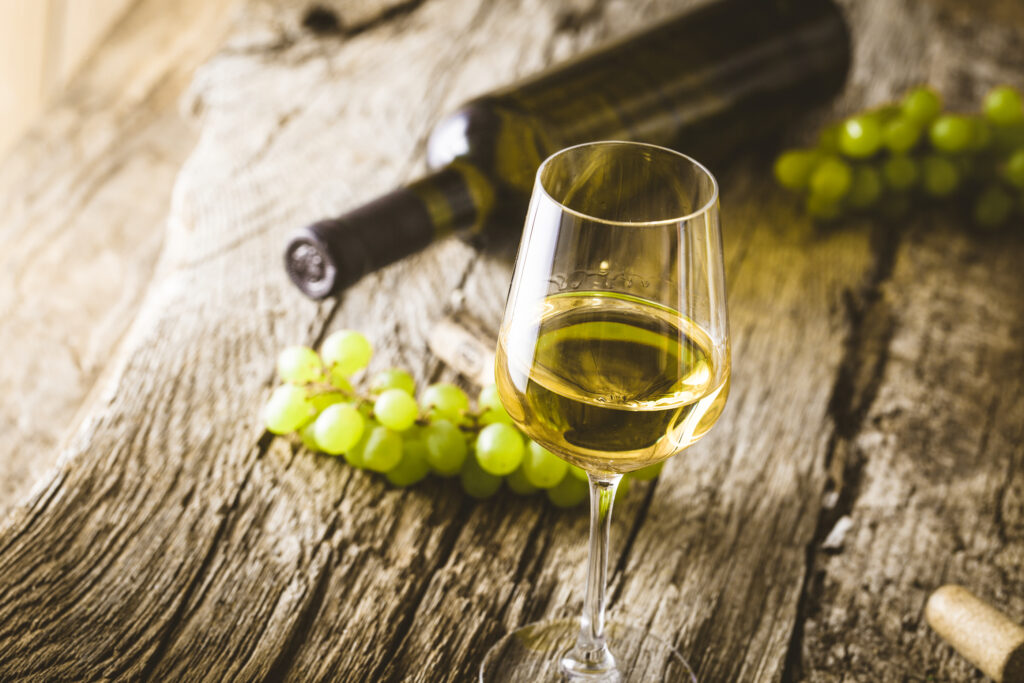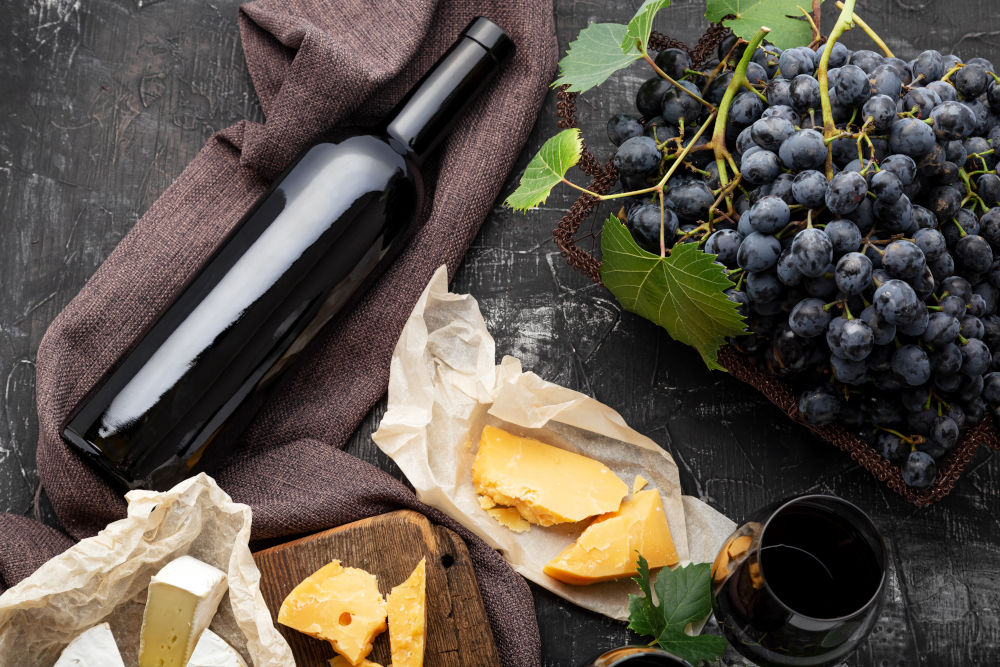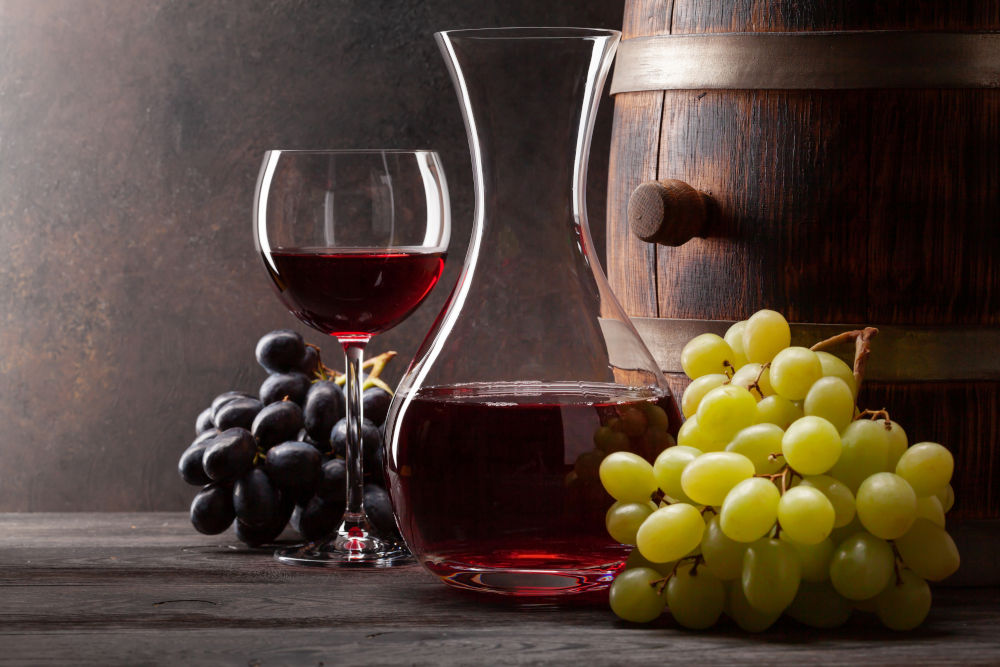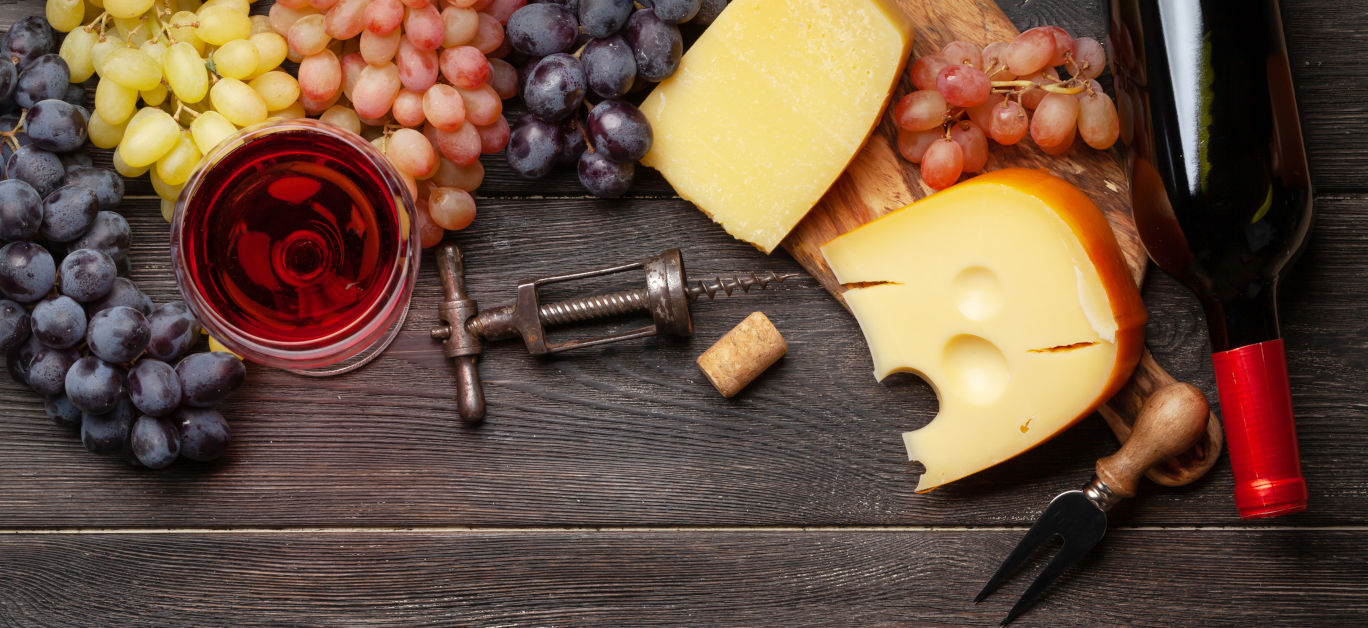Words by Émilie Steckenborn, certified sommelier, foodie, and host and creator of the Bottled in China podcast and blog.
If you’ve made some Thai curry, ordered Peking duck or fried chicken for takeaway, or even joined your kids for some milk chocolate ice cream – you may have been unsure how this could all possibly be complemented by wine.
No matter how much you know about wine, you have probably heard that red wine should be paired with red meat and white wine with fish or chicken. But there is not a one-size-fits-all approach – rules are meant to be broken. I believe that if you personally feel enticed by a heavy Cabernet Sauvignon, then nobody’s stopping you from enjoying it with your haddock.
More nuanced rules to live by are that wine should be more acidic and sweeter than the food, as this helps to cleanse the palate. And don’t forget to match the wine with the sauce rather than the heavy sustenance, like meat or fish.
Let’s dive into seven of the top grape varietals and their lesser-known food pairings. Matched with the UK’s favourite food and takeaways, this marriage of flavours is guaranteed to bring about new sensory experiences.
White wine

1. Assyrtiko – Santorini, Greece
On the island of Santorini, a white varietal named Assyrtiko is reared on the volcanic-ash-rich soil. Its fresh seaside notes, combined with ginger and orange blossom mean that it’s a natural fit for Greek food – savoury cheeses, grilled meats, and fresh fish. And you’ll really hit the nail on the head if you pair the wine with smoked salmon latkes – a perfect brunch dish or dinner party starter.
If you are feeling daring, Assyrtiko will match with flavourful Ethiopian tangy and spongy flatbread, grains, and pulses. The grape’s refreshing and naturally high acidity keeps any sweetness and spice in check.
2. Grüner Veltliner – Austria
Often confused with Albariño from Spain, Grüner Veltliner is the crown jewel of Austria. Known for its white pepper and grassy notes, Grüner can easily replace and spice up your everyday Sauvignon Blanc go-to pairing.
With its sweet, sour, piquant, thirst-quenching character, this light Austrian wine goes well with acidic dishes and fried foods. It beautifully complements the fragrant and flavourful spices found in Thai or Indian cooking. With its herbal undertones, it cuts through the fattiness and saltiness of the 11 herbs and spices of the particularly well-known fried chicken outlet, KFC.

3. Savagnin – Jura, France
Ditch that heavy and oaky Chardonnay and test out Savagnin. Nestled between Burgundy and Switzerland lies Jura, an up-and-coming region that produces both white and red grapes and has charmed some of the top sommeliers from all over the world. There, a unique style of wine being assembled: Vin Jaune. It’s made from Savagnin grapes and aged under a layer of natural yeast for at least six and a half years. The result is a savoury white wine with bursts of lemon rind, curry spices, and salty notes.
You may have heard the saying: ‘What grows together, goes together.’ Nothing rings truer than Savagnin coupled with Comté cheese. However, you’ll be surprised to know that Chinese steamed crab or crab soup dumplings (xiao long bao) – often paired with Chinese Huangjiu, a yellow wine brewed by mixing boiled grains – matches perfectly with Vin Jaune too. Both wines have oxidative and salty notes.
4. Sémillon – Hunter Valley, Australia
When young, Sémillon white wines can be bland with tart acidity. But if you can get your hands on a slightly aged Sémillon, you could be mistaken for thinking it’s a Chablis from Burgundy, France. Ageing unveils interesting smoky, mineral notes, high acidity, and a soft, buttery texture that can only be described as metamorphosis in a bottle.
Spicy foods overpower Sémillon, so this wine is often paired with scallops, lobster or even fish and chips. But how about sushi or fish tacos? The combination of raw fish and ginger activates the complex fruity and grassy flavours in this generally lower alcohol by volume (ABV) wine.
Red wine

5. Nerello Mascalese – Sicily, Italy
On the volcanic soils of Mount Etna, grows another gem, Nerello Mascalese – a stunning alternative for the lovers of Nebbiolo or Pinot Noir. It’s perfumed with notes of rose and has a light cherry and raspberry body that will complement Peking duck. The combination of crispy duck skin and fatty meat requires a wine with high acidity. The duck comes with thin, steamed, and soft pancakes and a sugary brown sauce with chilli, vinegar, and ginger that truly brings the plum-like character of the wine to the surface.
Even better, if you have some space left and you fancy indulging in some chocolate ice cream, the fruity aromas match perfectly with rich milk chocolate.
6. Saperavi – Georgia
Saperavi is one of the oldest grape varietals and native to the country of Georgia. It has a robust profile, dark colour, and full body that can be compared to Cabernet Sauvignon. There’s a range of wines made using Saperavi and winemaking with traditional qvevri containers (egg-shaped, clay vessels buried underground) is recognised by UNESCO’s world heritage panel. The off-dry wine style of this varietal was popular during the Soviet Union era and, today, the deep red wines are suitable for extended ageing.
If you often go for a late-night kebab on a Saturday, know that Saperavi pairs perfectly with a doner kebab, pork ribs, traditional meat skewers known as mtsvadi, or even a cheese toastie. The dry or semi-sweet wine can deal with bold flavours and the smoke of the grill. Alternatively, a blue cheeseburger or steak perfectly combines with this hearty, full-bodied red.

7. Bonarda – Argentina
From Savoie, in France, Bonarda made its way to both Argentina and California in the 19th century. Despite becoming the second-most planted grape in Argentina after Malbec, Bonarda still receives relatively little attention. However, with its medium body, surprisingly high acidity, few tannins, and hints of black cherry, plums, fig, tobacco, and chocolate, it is an excellent accompaniment with traditionally spicy cuisine.
Alongside this juicy and zesty wine that’s dangerously easy to drink, try a lentil dal, enchiladas, or even morcilla. It could be mistaken for being a dry white and it is even light enough to pair with seared salmon.
While wine dates back to the Neolithic period (8500-4000 BC), the way we enjoy it is constantly changing. So, the next time you’re enjoying your glass of wine – the minerality, aromas, tannins, and acidity – be bold and experiment. Who knows? You might fall in love with the most unlikely combination.
About the author

Émilie Steckenborn is a certified sommelier, foodie, and host and creator of the Bottled in China podcast and blog. Having lived in Shanghai, China, for over 10 years, Émilie oversees wine programmes for top-tier businesses in Asia, including serving as the wine consultant for China Eastern Airlines. Her signature podcast, Bottled in China, shares the stories and adventures of passionate individuals, thought leaders, and business leaders in the food and beverage scene who are shaking things up around the world. In 2019, Émilie was named one of the top future influencers in the global beverage industry.






















